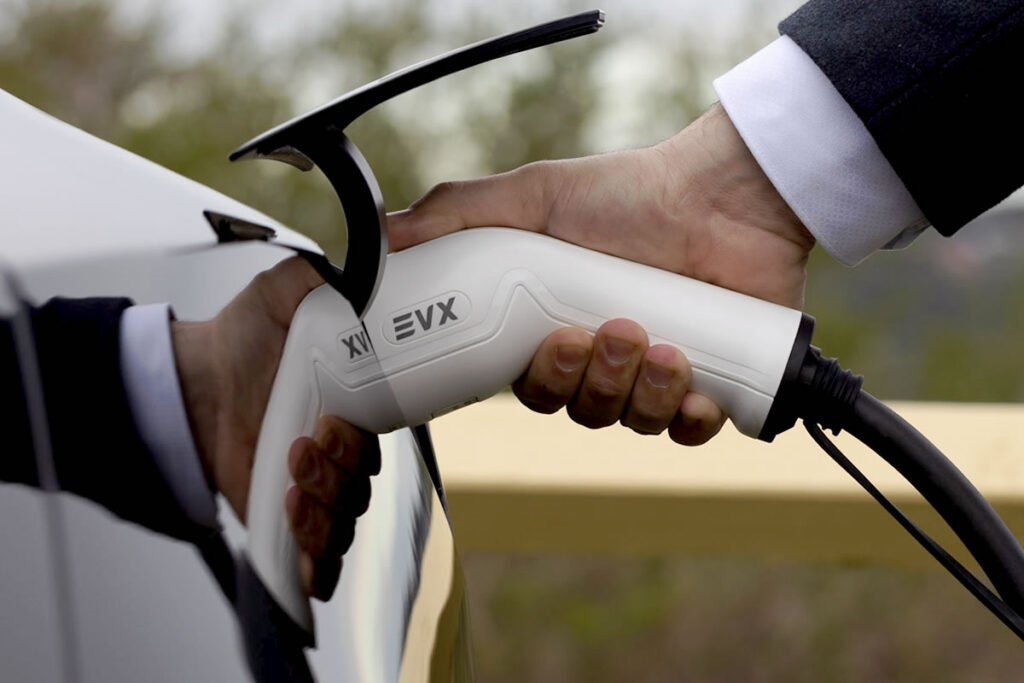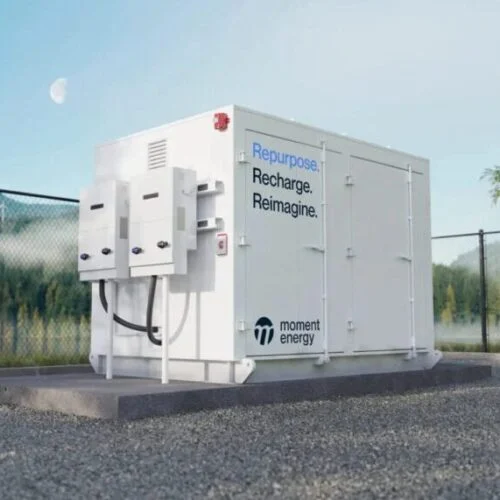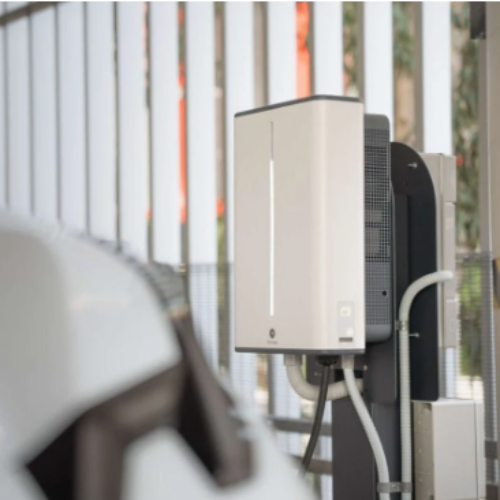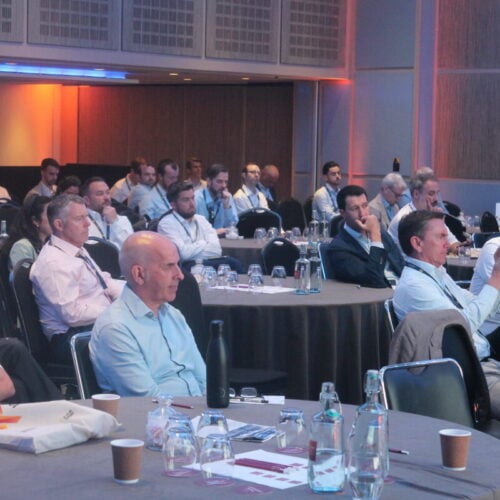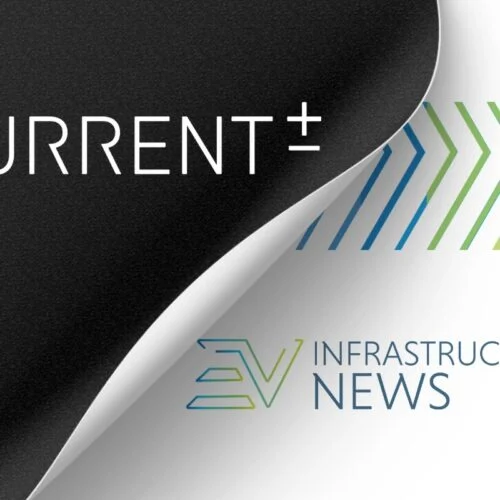The Australian Minns Labour government has announced investment of AU$16.1 million (£7.66 million) to install 246 fast and ultra-fast EV chargers across New South Wales.
EV chargers will be installed in 38 suburbs by five grant recipients: BP, Energy Australia, Plus ES, Tesla and NRMA.
The grant funding comes alongside private investment that will see AU$41.2 million (£19.6 million) to roll out the new charging ports that the NSW government said will all be powered by renewable energy.
A fast EV charger offers power between 50kW and 250kW, with ultra-fast charging delivering above 350kW. This equates to charging an EV battery from 10% to 80% full in 10-15 minutes.
These speeds are ideal for longer-distance travel where drivers’ journeys are interrupted by refueling. In its announcement the Minns Labour government added that the new chargers will include pull-through charging bays, which accommodate EV drivers towing caravans, boats or trailers.
NSW minister for climate change and energy Penny Sharpe said that “making charging faster and eliminating range anxiety are key to getting more EVs on the road in NSW”.
Australian EV charging
Australia’s EV market got a boost in February, when the Australian Renewable Energy Agency (ARENA) allocated AU$2.4 million (£11.79 million) to promote on-street EV charging and published a national roadmap to support the uptake of vehicle-to-grid (V2G) technology. The funding went to EV charging company EVX Australia (EVX) to deliver 250 public kerbside EV chargers across Victoria, New South Wales and South Australia.
ARENA is a government entity established to spearhead the country’s energy transition and its roadmap is intended to establish a foundation for key industry and government stakeholders to identify and adopt policy settings and strategic initiatives that will realise the benefits of bidirectional EV charging for Australians.
In April, Australian electricity distributor Essential Energy confirmed that V2G charging technology is market-ready in Australia. In partnership with Australia’s national science agency, CSIRO, Sigenergy, a renewable energy technology company, and AUSEV, a distributor of commercial electric vehicles (EVs), customers can use V2G on Essential Energy’s network.
The announcement came after Essential Energy had completed a trial in which it connected AUSEV’s Ford F-150 Lightning, an electric light-duty truck, with a combined charging system (CCS2) DC bi-directional charger and the Clean Energy Council-approved Sigenergy storage system. Customers have been told they can use this configuration on Essential Energy’s network.
Essential Energy’s chief operating officer, Luke Jenner, said: “We are expecting around eight million EVs on Australian roads by 2035. If each of these could export 7kW, we’re talking 56GW of capacity. If even half of these have V2G capabilities and then a half are exporting, that’s still 14GW.”
